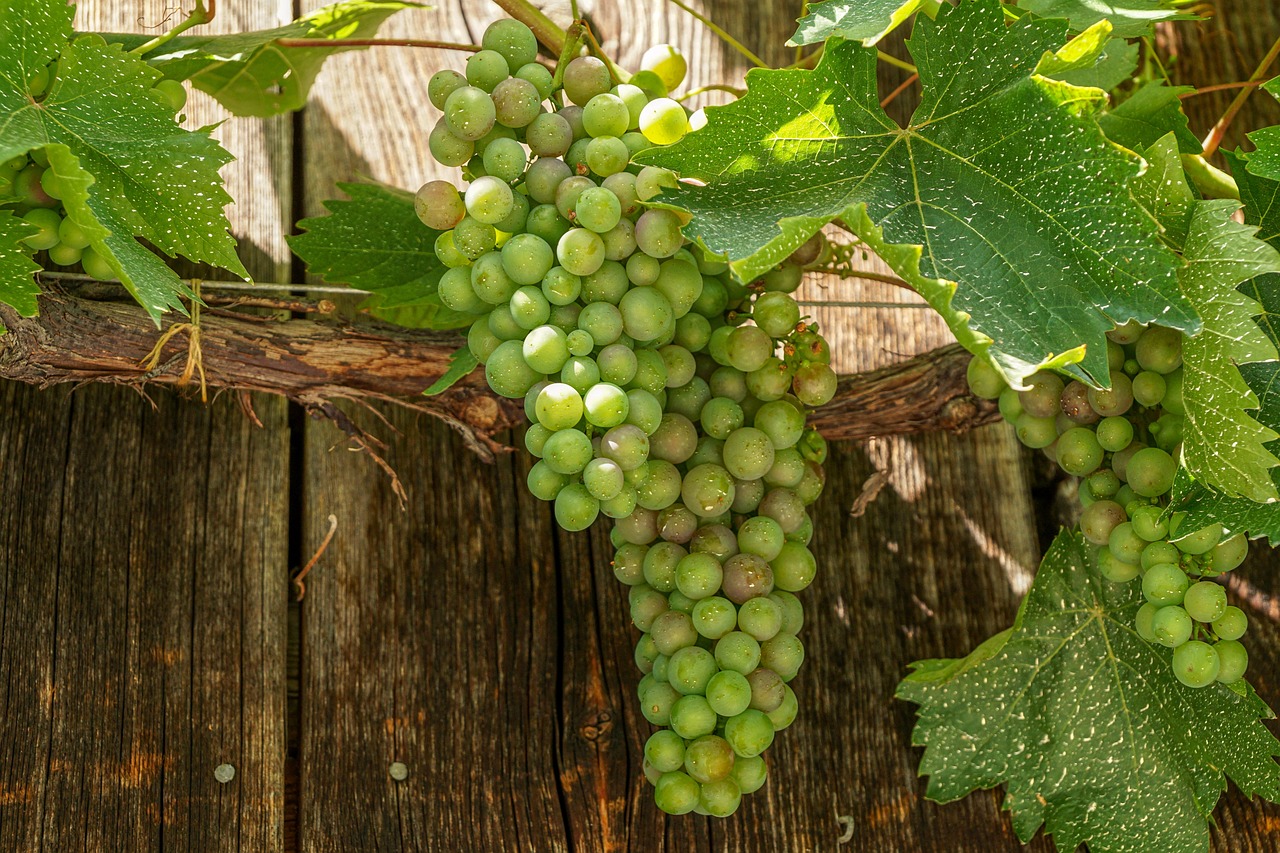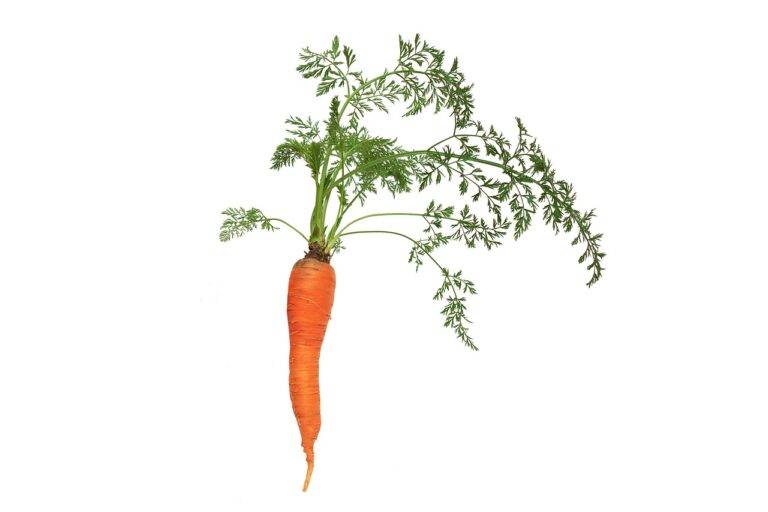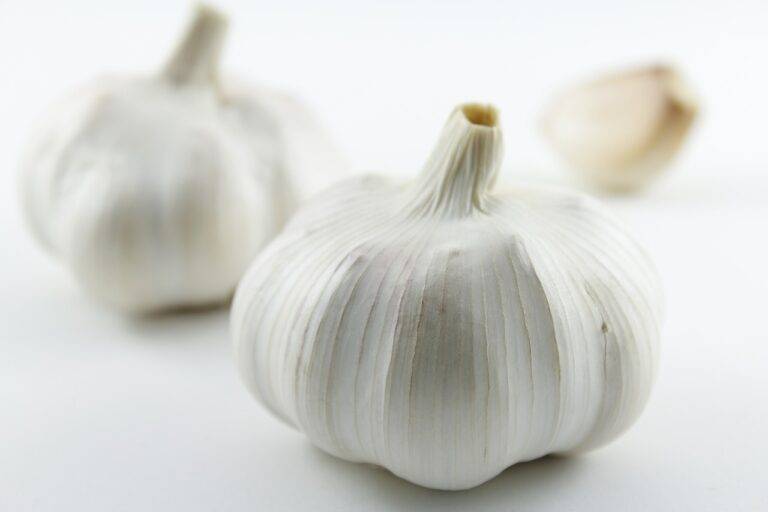The Future of Food Printing Technology
Food printing technology has seen remarkable advancements in recent years, revolutionizing the way food is prepared and presented. With the ability to create intricate shapes and designs with edible materials, 3D printers are being used to customize food products like never before. This technology allows for precise control over ingredients and portion sizes, making it ideal for catering to individual dietary needs and preferences.
In addition to enhancing aesthetics, food printing technology also serves practical purposes in the culinary world. For instance, it enables chefs and food manufacturers to experiment with new textures and flavors, pushing the boundaries of traditional food production. The scalability of this technology means that it has the potential to not only streamline food production processes but also contribute to reducing food waste by producing food items on demand.
Impact of 3D Printing on the Food Industry
3D printing has revolutionized the food industry by introducing innovative ways to create unique and customized food products. One key advancement is the ability to print intricate designs and shapes that were previously impossible using traditional methods. This technology opens up new possibilities for chefs and food manufacturers to experiment with textures, flavors, and presentations.
Furthermore, 3D printing in the food industry has the potential to address various dietary restrictions and allergies by allowing for precise control over ingredients and their proportions. This level of customization can cater to individual preferences and dietary needs, offering a more personalized dining experience. With ongoing advancements in food printing technology, the possibilities for creative and sustainable food solutions are endless.
What are some key advancements in food printing technology?
Some key advancements in food printing technology include the ability to create customized designs and shapes, use of edible materials, and integration of flavorings and nutrients into the printed food.
How does 3D printing impact the food industry?
3D printing has the potential to revolutionize the food industry by allowing for more efficient production processes, reduced food waste, and the ability to create personalized and unique food products.
Can 3D printed food be nutritious?
Yes, 3D printed food can be nutritious as manufacturers have the ability to incorporate essential nutrients into the printed food items.
Are there any limitations to 3D printing in the food industry?
Some limitations of 3D printing in the food industry include the need for food-safe materials, limitations in taste and texture compared to traditional methods, and the initial high costs of equipment and materials.
How is 3D printing being used in the culinary world?
3D printing is being used in the culinary world to create intricate and artistic food designs, personalized food items, and to revolutionize the way food is prepared and presented.





